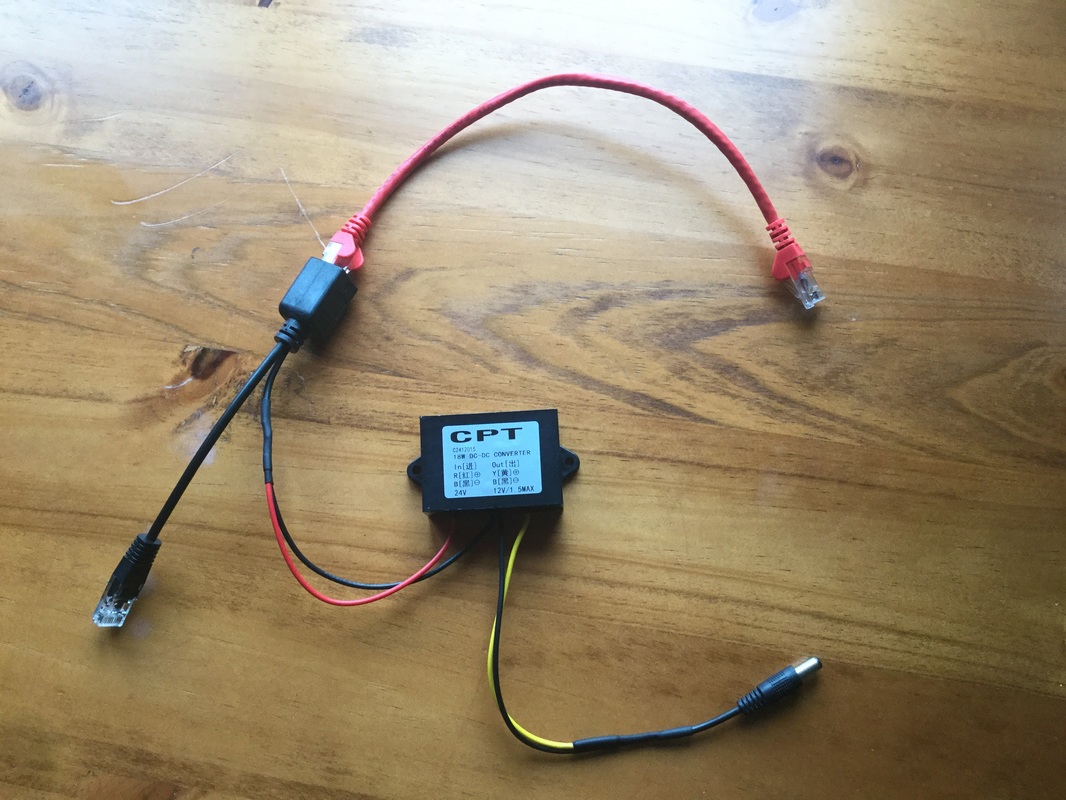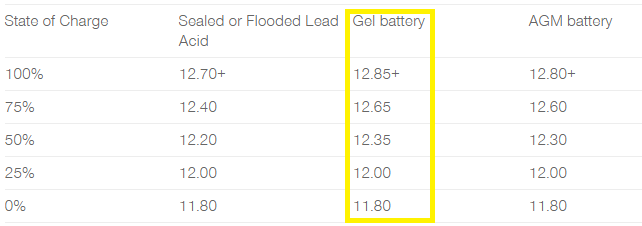|
The last few weeks the system has had outages a few times because of flat batteries. Most of the times it would stop in the middle of the night and come back on around 10AM after a little bit of sunshine. In this post I will describe some changes I hope to make very soon and why I didn't have some of them implemented from the start. Means of reducing power usageThere are two easy possible ways I would like to apply to reduce the amount of power used over the course of a single day.
When I analyse the general data usage over the course of several weeks and look for patterns. Especially when no data is going though the system, it becomes clear that after 1Am and before 7AM nobody uses the internet. This is a quarter of the day that the system is using power to maintain a connection but otherwise is not being used. I could save several Watts of power by automatically turning the antenna's off and on at these times.
being stepped down to 12VDC and powers the camera through a barrel jack. If the switch turns POE off then the camera will turn off to. I have something similar for the weather station. Voltage based rules I want to turn devices off and on automatically depending on preset voltage thresholds. Further on in this I will talk about the hardware I plan to use for this. First have a look at what the battery voltage tells you about the state of charge. I have two Gel batteries in series to create a 24V system so in my examples I will multiply these numbers by two. The manufacturing recommends to not go below 50% if possible. Which would be 24.7V in my case. The solar regulator has a Low Voltage Disconnect at 23V and a Low Voltage Reconnect at 25.2V. Unfortunately these thresholds can't be configured on the solar regulator I use. As you can see from the above chart 23V is way too low. By using voltage rules I want to turn of lower priority equipment to reduce the amount of power used when the system is batteries a re getting depleted below a certain level. At the moment I have three different priority devices:
Switch with power managementCurrently the system uses a Ubiquiti Toughswitch-5. This is a passive POE switch. It requires a stable 24VDC input. To run it from my batteries I use a DC-DC converter to create that stable 24VDC so not to blow up the equipment on a sunny summers day when battery voltage can go over 28VDC. The Toughswitch doesn't have any battery monitoring or power management settings because it doesn't know anything about the battery voltage. Unfortunately it also doesn't have any time based rule set you can configure.
When I designed the system I was looking at the Netonix WS-8-350-DC but it had already been discontinued. This is a smart switch with build in Voltage Regulator so it can run straight from the batteries, has build in power management/rules and time based rules. Now over a year later they finally released its successor the WS-8-150-DC. Unfortunately it is currently out of stock in New Zealand. But I will try to get my hands on one as soon as possible.
0 Comments
I apologize in advance for the not so easy to see line in the image. I hope you can see the two lines well enough.
The thicker line at the top and who is wider shows Solar Radiation in Summer. This is a recording of an almost perfect day and close to the summer solstice. The sun rises around 6am and 6pm with a peak output of 1000 Watts per square meter! The thinner line shows Solar Radiation in Winter. This is a recording of an almost perfect day and close to the winter winter equinox. It is a bit skewed because I think a hilltop blocks the sun early. But as you can see The less optimized position of the light sensor and the shorter days are clearly visible. The Solar Radiation climbs around 8am peaks at just over 400 Watts per square meter and has already dropped halfway by midday. And that's on a good day. Recently the solar powered repeater station went offline because the batteries went flat. For almost a week there where clouds. We where lucky if there was between 200 and 300 Watts of solar radiation for more than an hour. Bur with solar panels only around 14% efficient this was not enough to put more energy in the batteries than the system would use. I did expect this to happen one day. You can only pay for so much redundancy with batteries. And batteries are very expensive. I am surprised it took more than a year for it to happen. But I guess my recent experiments with live streams from the cameras where a big drain on the batteries. Something more suitable for summer. Would a wind generator have helped? Unfortunately this time, no. Together with the clouds there was an absence of wind. Only near the end of the last cloudy day the wind picked up but by that time my system had just charged enough to go back online. I have plans for improvements which I will discuss in a future post. |
AuthorGeorge Timmermans, Research Toolmaker, Software Engineer and Tinkerer Archives
March 2024
Categories |
Proudly powered by Weebly




 RSS Feed
RSS Feed